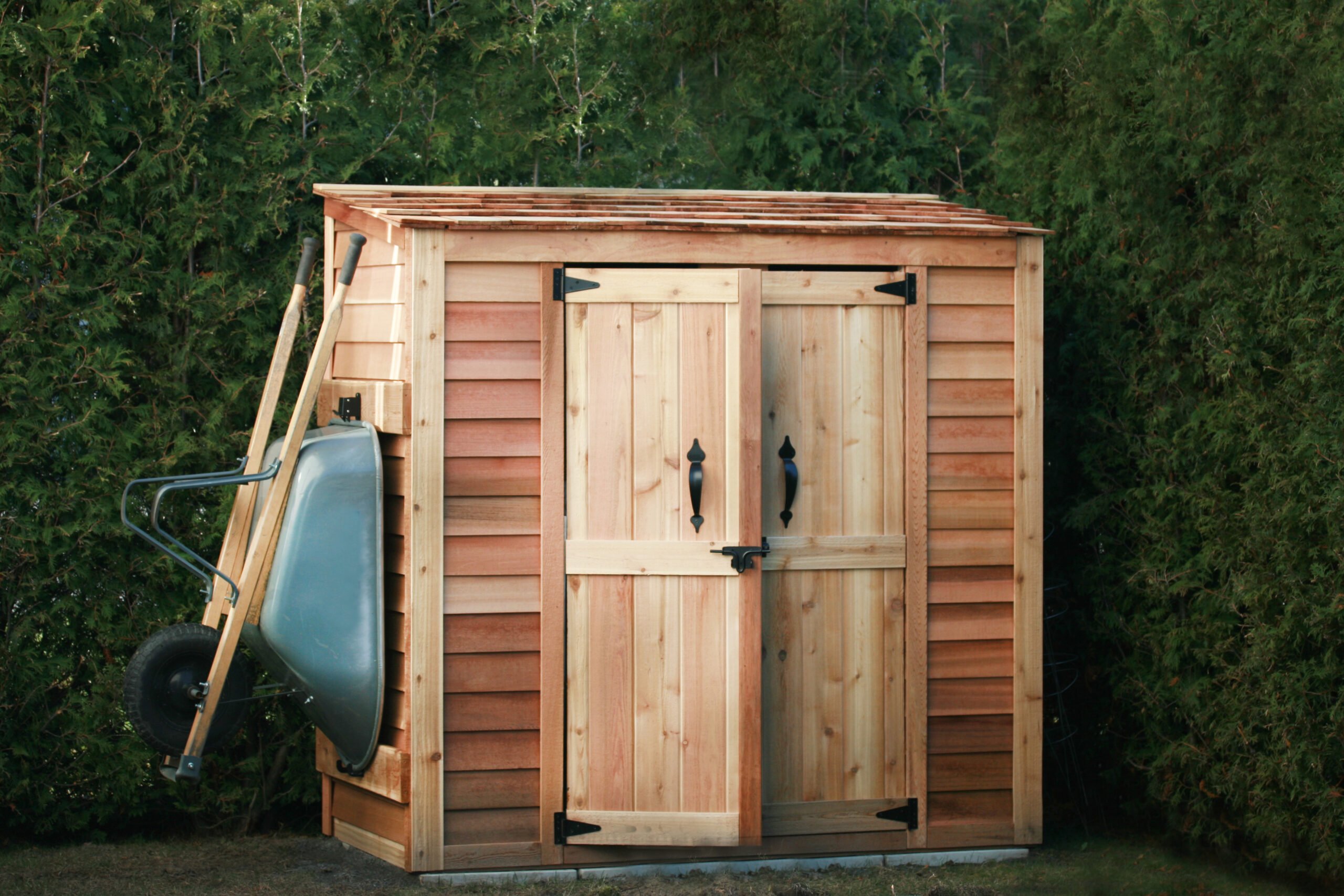No products in the cart.
History Of Imitation Products In North America
In 2005 companies across North America started to import wooden products in bulk from China which was originally marketed as “China Fir”.
China Fir (Species: Cunninghamia Lanceolata) was later marketed as “Chinese Cedar” to piggyback off the reputation of Western Red Cedar and other North American Cedar products.
In 2022 most of these products have ditched their association with China altogether and now simply refer to the products as Cedar. These products, however, are not Cedar, nor are they comparable to the quality of Western Red Cedar and other North American Cedar Products.
These labeling tactics are designed to confuse consumers into thinking they are getting a quality product comparable to Western Red Cedar, as well as devalue authentic Cedar lumber mill owners and employees across North America.
If you see a product with a generic “Cedar” label, and a substantially lower price with no specificity, it is safe to assume that it is a Fir (Species: Cunninghamia Lanceolata) from China instead, and you can value it accordingly.
If you are however, looking for quality Cedar Products made sustainably in North America from North American lumber mills and workers, make sure your products are made with Western Red Cedar or other established North American Cedar products.
The Western Red Cedar Advantage
Aesthetically, it is a naturally stunning building material with deep, tonal properties that accentuate the richly textured wood grains and exposed heartwood.
It is both pitch and resin-free, which means that it can hold a variety of finishes from semi-transparent stains to elegant dark stains. It is also incredibly durable and will prove to keep your structure attractive for years to come.
For centuries, the Western Red Cedar has been celebrated by the Pacific Northwest Coast First Nations as the “Tree of Life” using it to build longhouses, canoes, and totem poles. Thousands of years later and the red cedar continues to be a preferred building material.
Red cedar’s reputation for being a naturally durable wood makes it perfect for all outdoor projects. The wood is lightweight and valued for its high natural resistance and decay properties.
It is less susceptible to moisture, insect damage and fungi growth. Cedar is also water damage resistant and can successfully weather long periods of heavy rain and other weather extremes such as snow, hail, and strong winds.
With its unsurpassed natural beauty, centuries of proven performance, low environmental impact, and natural resistance to decay/insects it’s clear to see the advantage of quality Western Red Cedar.
Outdoor Living Today partners with Real Cedar and uses PEFC Certified Lumber
Feel Free to visit www.realcedar.com to learn more about Certified Western Red Cedar and why it matters.



 The environment should be respected and many people are trying to save/impact it with small steps that, collectively, could impact the atmosphere in a major way. If you are looking to be more eco-friendly, why not include your garden in your plans?
The environment should be respected and many people are trying to save/impact it with small steps that, collectively, could impact the atmosphere in a major way. If you are looking to be more eco-friendly, why not include your garden in your plans?
 A deck or a pergola can add a wonderful rustic charm to any home and enhance the appearance of patios and walkways. But the problem starts when your deck begins to be exposed to the elements. A weathered deck or pergola tends to look faded, the grain appears washed out and the timber starts to look old.Maintaining your
A deck or a pergola can add a wonderful rustic charm to any home and enhance the appearance of patios and walkways. But the problem starts when your deck begins to be exposed to the elements. A weathered deck or pergola tends to look faded, the grain appears washed out and the timber starts to look old.Maintaining your  Everyone understands the
Everyone understands the The most important feature when constructing a
The most important feature when constructing a When it comes to building a pergola or gazebo, there is a wide range of options that include
When it comes to building a pergola or gazebo, there is a wide range of options that include  An outdoor pergola is an open structure that can be used for shade and can come with
An outdoor pergola is an open structure that can be used for shade and can come with  Sealing and Staining If your
Sealing and Staining If your  Western Red Cedar Wood certainly has played its part in the
Western Red Cedar Wood certainly has played its part in the 


